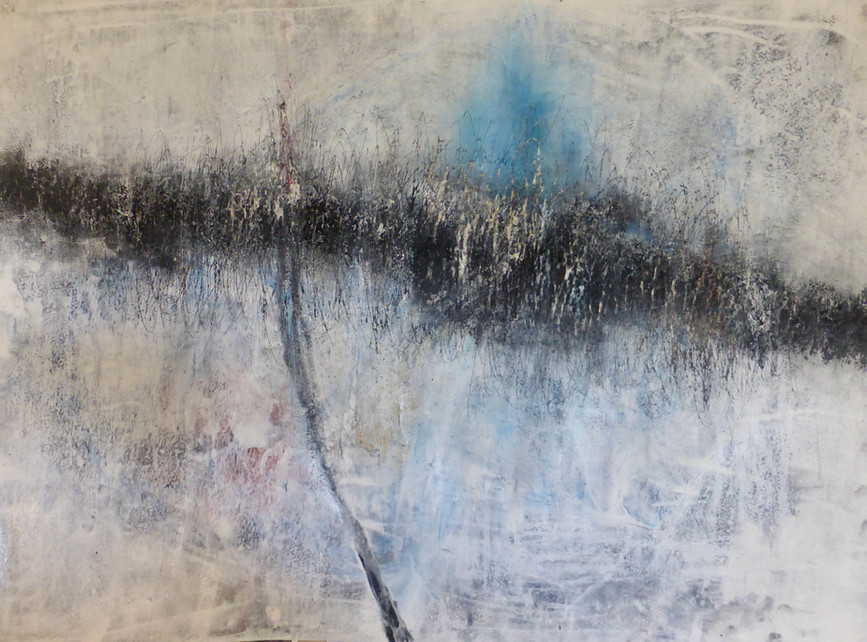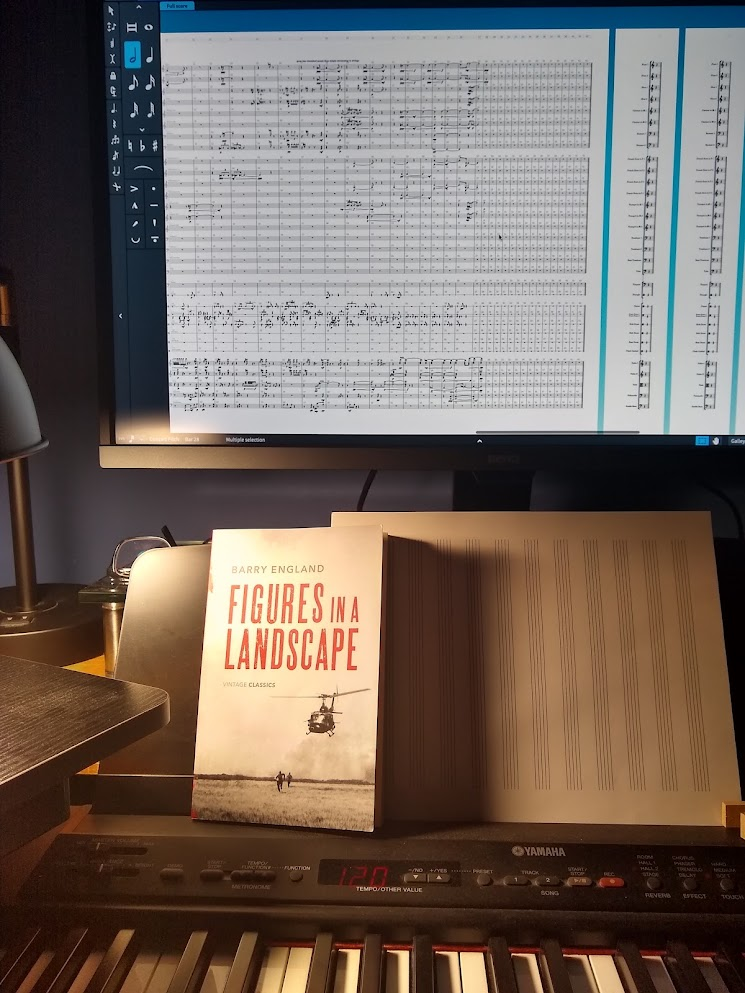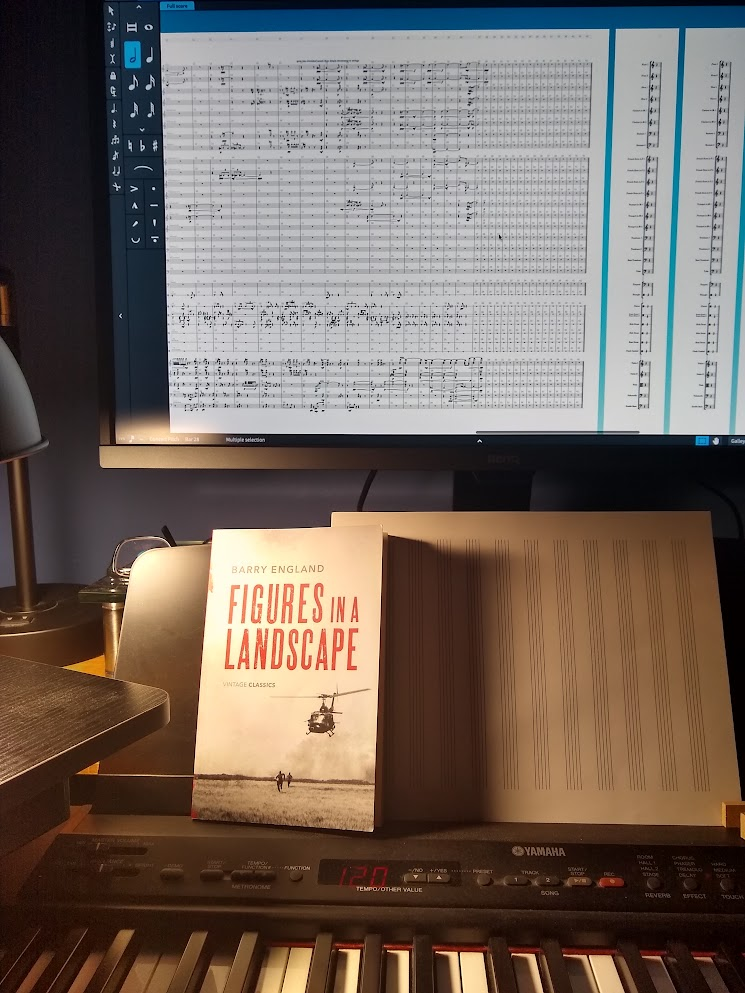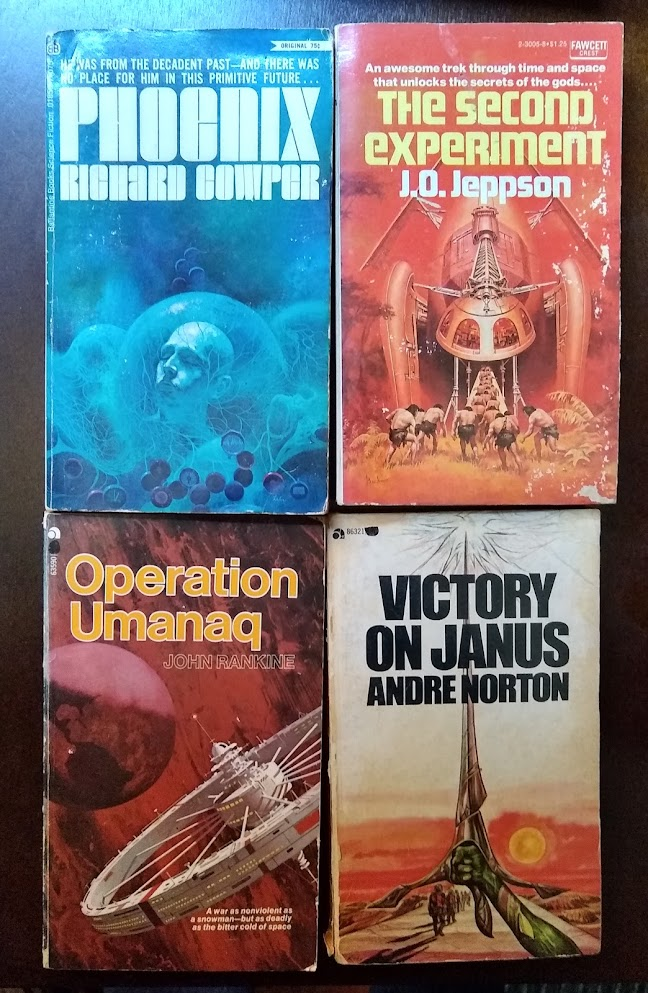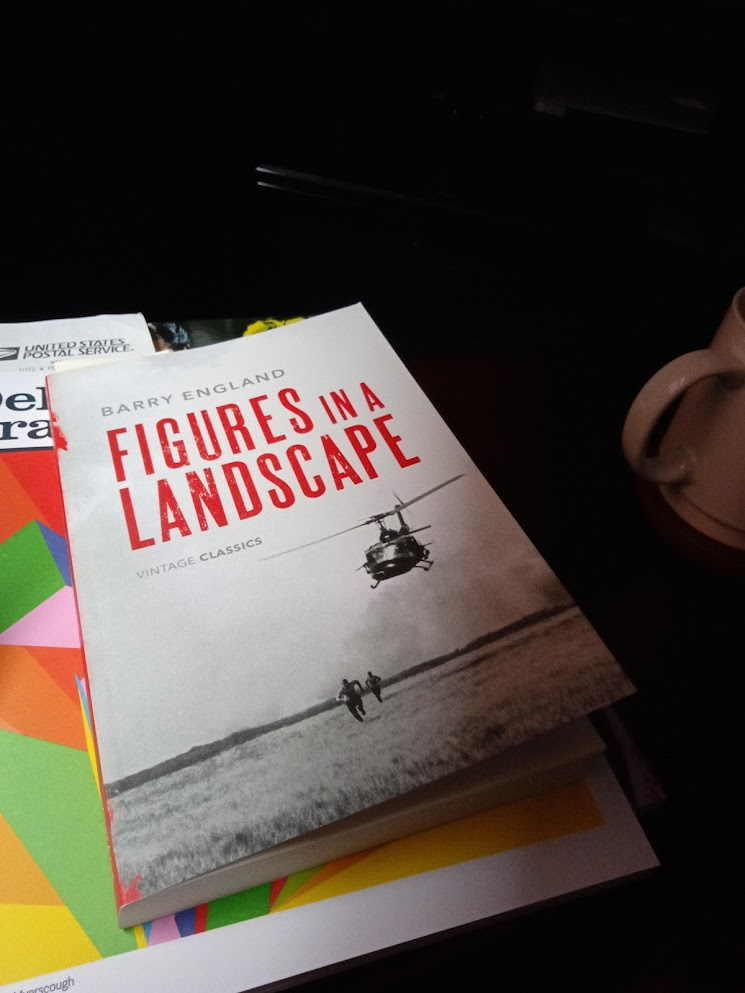I became interested in the genre of New Complexity in modern music, then became familiar with the Major Names of that genre in both composition and performance along with those I appreciated the most, then–this being the world that it is–found that some of those Major Names are online, then I “kept informed” on social media of those that are active on social media. (Side note: I often contemplate with the gravity of history the fact that as a boy of five or nine I could have met Stravinsky or Shostakovich, respectively, despite my oblivious and underserving status at the time and their importance to me today.)
Ian Pace is a pianist and composer (see A week of “The History of Photography in Sound”) who is one of the above artists who are active online and who has at several times referenced the artist and composer Jim Aitchison. Mr. Pace had commissioned several works from Aitchison and posted photos and, though I can’t find those posts right now, they resonated strongly.
